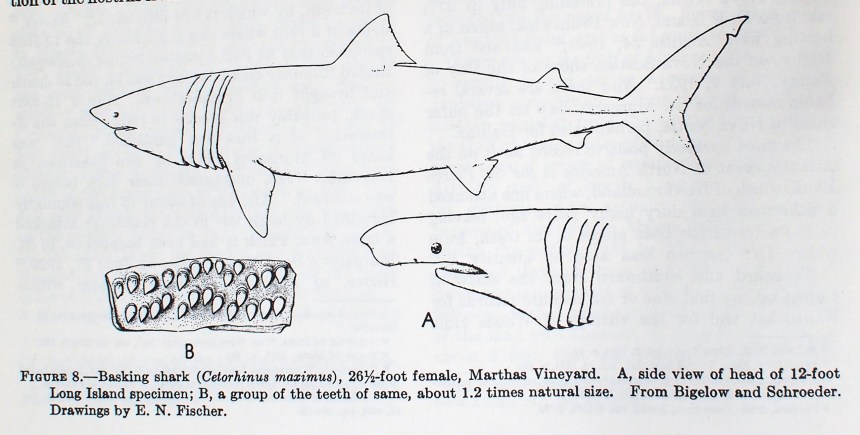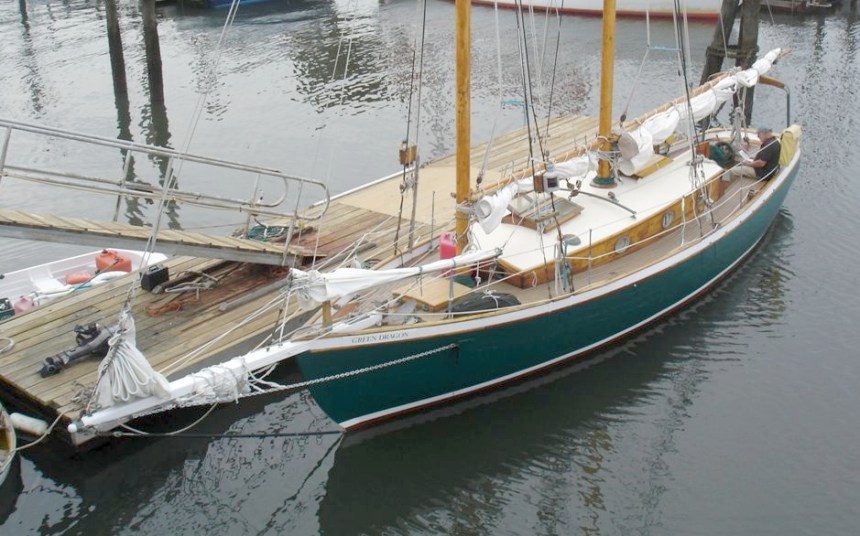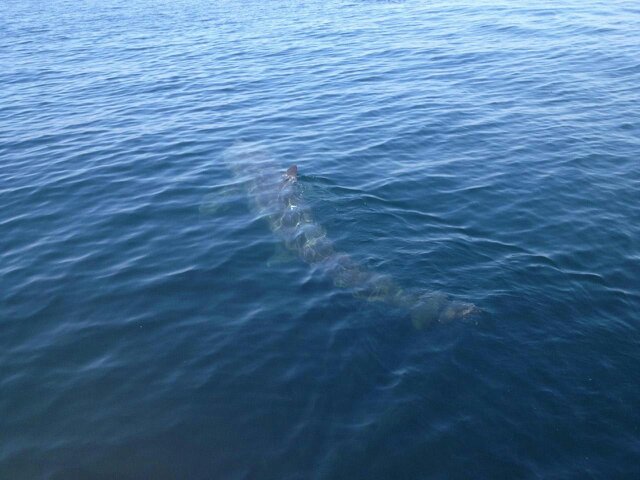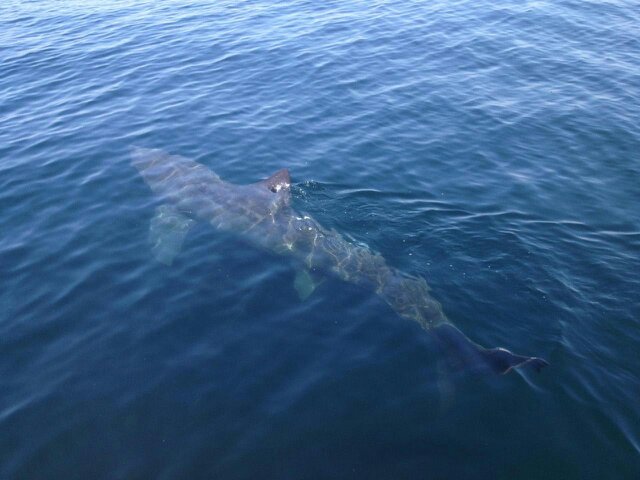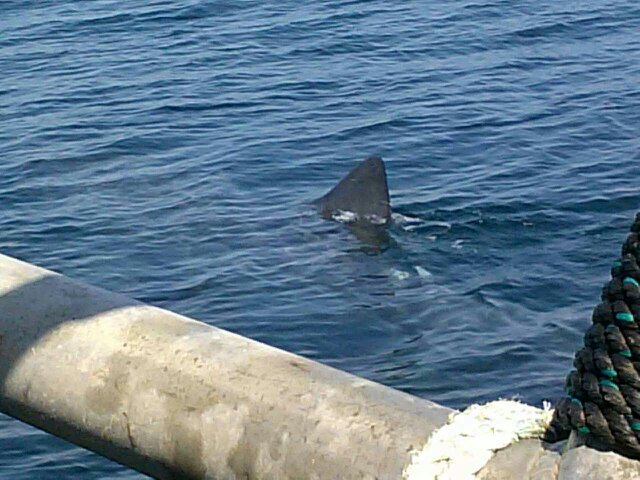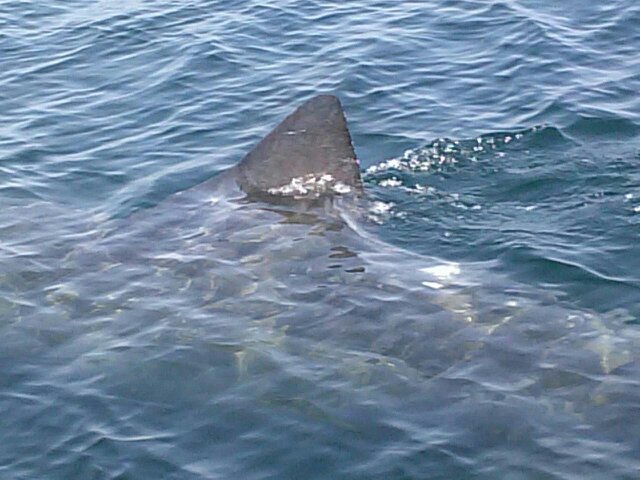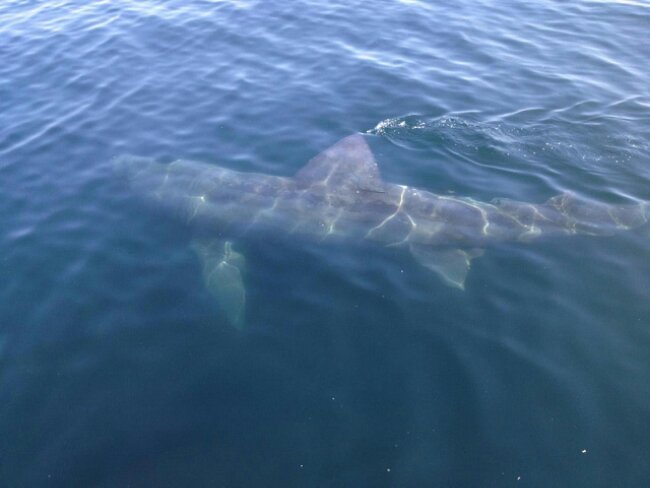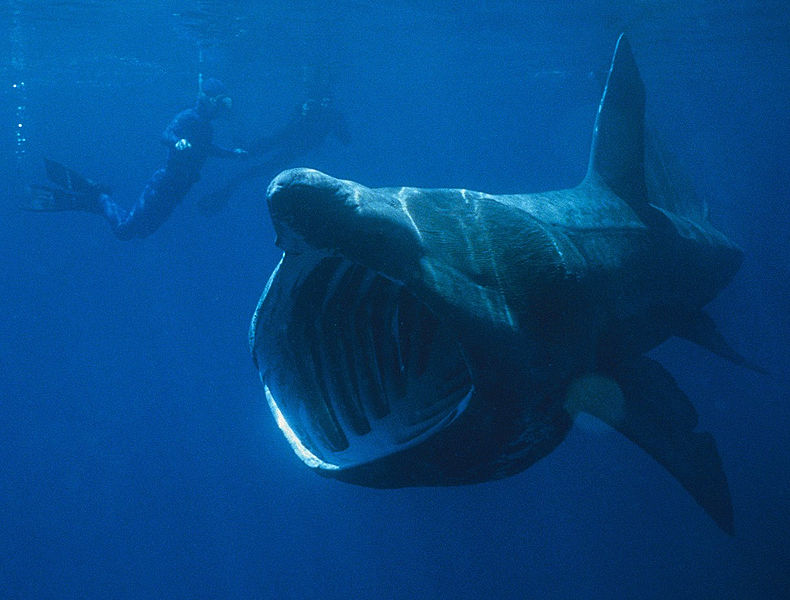 What makes Martin Del Vecchio’s drone footage particularly poignant is that Basking Sharks are reportedly on the edge of extinction. I wonder how often we’ll have witness to the world’s second largest fish feeding along the shores of Cape Ann. Truly an incredibly awesome capture.
What makes Martin Del Vecchio’s drone footage particularly poignant is that Basking Sharks are reportedly on the edge of extinction. I wonder how often we’ll have witness to the world’s second largest fish feeding along the shores of Cape Ann. Truly an incredibly awesome capture.
The following is an interesting article written by David Suzuki about why these gentle giants have been driven to near extinction:
“The basking shark is huge—often bigger than a bus. As fish go, it’s second in size only to the whale shark. It has been roaming the world’s oceans for at least 30 million years. Mariners throughout history have mistaken it for a mythical sea serpent or the legendary cadborosaurus. Despite its massive size, it feeds mostly on tiny zooplankton.
These are some of the things we know about this gentle giant. But our understanding is limited; we don’t really know much more about them than we did in the early 1800s. One thing we do know is that they used to be plentiful in the waters off the coast of B.C., in Queen Charlotte Sound, Clayoquot Sound, Barkley Sound, and even the Strait of Georgia. Only half a century ago, people taking a ferry from Vancouver to Vancouver Island may have spotted half a dozen lazily swimming by. But now, reported sightings are down to less than one a year off the B.C. coast. All indications are that this magnificent animal is on the edge of extinction. It makes my blood boil!
Over the past two centuries, people have been killing them for sport, for food, for the oil from their half-tonne livers, and to get them out of the way of commercial fishing operations. Many were also killed accidentally by fishing gear.
In their 2006 book Basking Sharks: The Slaughter of B.C.’s Gentle Giants, marine biologist (and David Suzuki Foundation sustainable fisheries analyst) Scott Wallace and maritime historian Brian Gisborne note that the “pest control” methods used in the 1950s and ’60s were particularly gruesome. Basking sharks are so named because they appear to bask as they feed on plankton on the water’s surface. And even though they don’t eat salmon and other fish, they sometimes get tangled in gillnets, hindering commercial fishing operations. So fisheries patrol boats with large knives attached to their bows would slice the animals in half as they “basked” on the surface.”
Read the full article here: Exit Stage Right
See the NBC piece on Martin and watch his basking shark drone video here.
Spread The GMG Love By Sharing With These Buttons:


